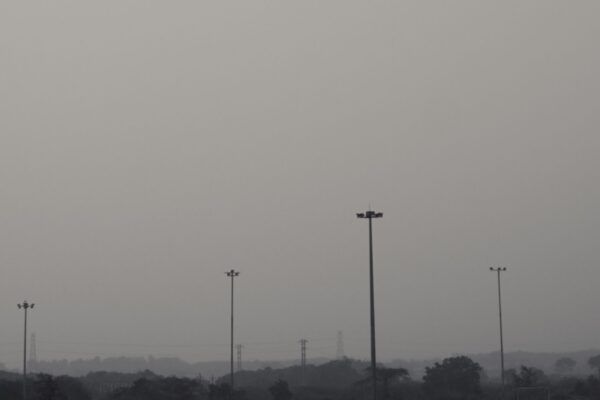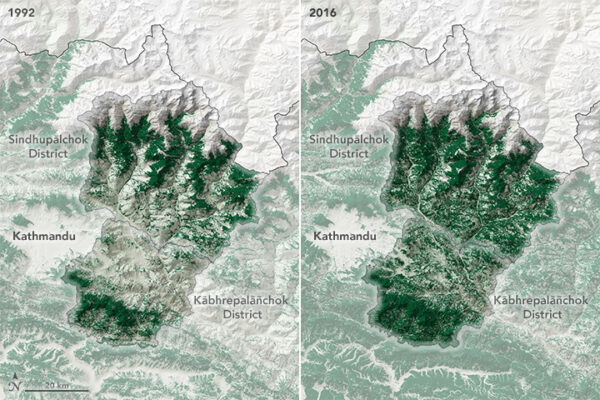The Joshimath town in the Himalayan state of Uttrakhand in India, popular among the tourists and the pilgrims of Hindu shrines, is sinking leading to emergency evacuation of the people
RH Desk
December 9
Geologists in India have asked for stringent steps in the northern Indian town of Joshimath, where hundreds of houses have developed cracks, triggering panic among the residents.
Mohammad Farooq Azam, who studies glaciers at the Indian Institute of Technology at Indore in Central India told Report Himalayas that the town of Joshimath is situated on an old landslide area and has a history of subsidence.
Located in the Himalayas, at an altitude of 6,150 feet Joshimath, situated in the district Chamoli is popular with pilgrims and tourists.
“In 1964, the then collector, MC Mishra, and his team investigated the issue and submitted a report. They suggested the infrastructure development should be avoided to stop further sinking of the town,” he said.
He added that over the recent decades, the rapid development of hydropower projects, tunneling, buildings, etc. accelerated the sink. “Also, increasing extreme rainfall events, due to climate change, deforestation/forest fires provide additional support for the sink,” the expert said.
According to him, this is a large-scale phenomenon where the whole town is sinking.
“Government has already developed an investigating team and they are going to submit their report in three days,” he said. “I think, The most important short-term action is to relocate the people as soon as possible, especially from the houses which are already damaged.”
Azam, says, “in long run, I echo the call from 1964 that the infrastructure development should be stopped to further damage the temple town of Joshimath.”
Kalachand Sain, Director of Wadia Institute of Himalayan Geology in Uttarakhand, told Report Himalayas that there are natural and unnatural reasons for the present situation in Joshimath.
He said that subsidence — the sinking of the land — began a long time back and the area is tectonically unstable because the region is lying in seismic zone 5.
“If we talk geology, wise, it is already vulnerable. The town has been built over the debris of an old landslide and over the years, a lot of activities have happened on the surface area. Also, sub-surface activity is happening in the area. The high stress accumulated is now getting released in the form of cracks and other ways,” he said.
On Sunday, Principal Secretary to the Indian Prime Minister, P K Mishra held a high-level review of building damage and land subsidence in Joshimath.
The Chief secretary of the state of Uttarakhand had informed during the meeting that state and district officials with the support of central experts have assessed the situation on the ground. Government officials had said a strip of land with a width of around 350 meters is affected




